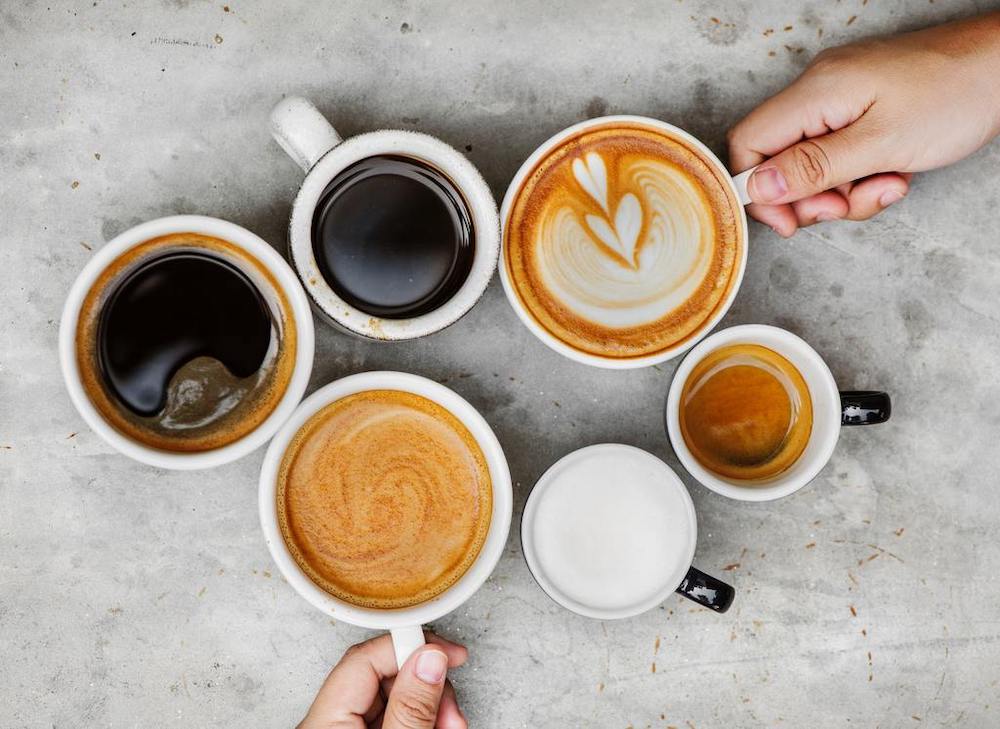
Note: This article’s statistics come from third-party sources and do not represent the opinions of this website.
Coffee consumption is no laughing matter. It’s serious. The bean counters that keep track of global cup-sumption are so busy they’re taking the express-o lane at record rates. We’re not Joe-king around.
Just as we couldn’t resist those cringe-worthy jokes, the people of the world can’t resist coffee. As of 2022, it is the second most imported commodity in the world beat only by oil. It is the most popular beverage on the planet you don’t need an ID to purchase.
With so much coffee being grown, roasted, sold, and brewed, it does beg the question; who is drinking the most?
If you are curious cuppers like us, you’ll want to see the statistics below. We not only share who’s been consuming the most coffee in 2022, but we also highlight some other interesting stats you’ll be surprised to see.

Top 10 Coffee Consumption By Country
1. Finland
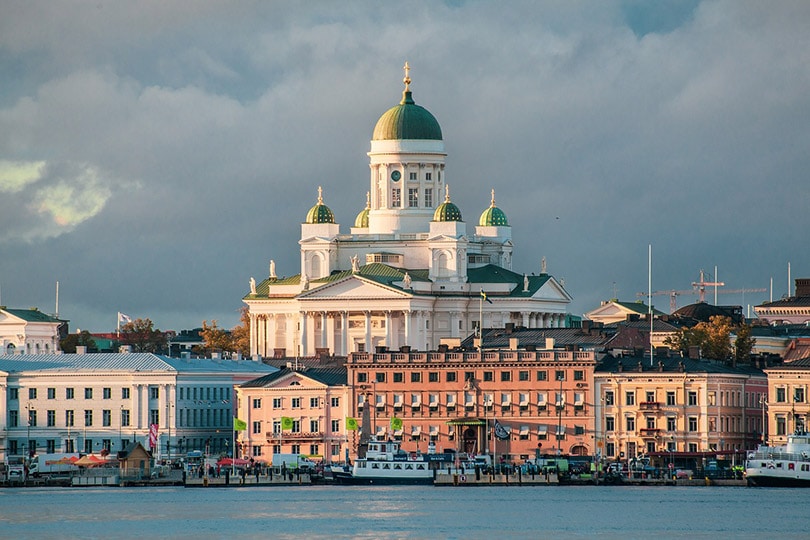
| Population: | 5,554,960 |
| Cups per Capita: | 4 per day |
| Pound per Capita: | 26 lbs |
Finland is the number one consumer of coffee in the world. Each person drinks, on average, four cups per day and 26 pounds per year. That is just an average, however. The normal coffee drinker drinks between eight and nine cups daily with the more committed coffee lovers drinking up to 30 cups in one day.
Coffee is such a part of the culture that mandatory coffee breaks are required by law at least twice a day while working. It is thought the reason coffee is so popular in this country is because of the freezing temperatures. It can reach 40 degrees below zero at times making a hot beverage a must.
In addition to that, Finland has a booming coffee culture with cafes and shops on every corner. Interestingly enough, however, light roasts have long been the popular favorite. Only now are medium to dark roasts becoming acceptable.
2. Norway

| Population: | 5,511,370 |
| Cups per Capita: | 3 per day |
| Pound per Capita: | 22 lbs |
Norway comes in as a close second to Finland in overall coffee consumption. Here the average person drinks about three cups per day with the heavy drinker gulping back more than five or six. The hot beverage is also thought to be popular due to the colder climate.
Norwegians also take many coffee breaks during the workday. In Norway, “Kaffepause” directly translates as a pause for coffee. It’s not only consumed while at work, either, but also after breakfast, dinner, and dessert.
Then you have coffee shops. These Norwegian cafes are a place to socialize with friends. When visiting your favorite cafe in Norway, you won’t see people studying, reading, or taking cups to go. Instead, you see groups of people talking, laughing, and enjoying each other’s company.
3. Denmark
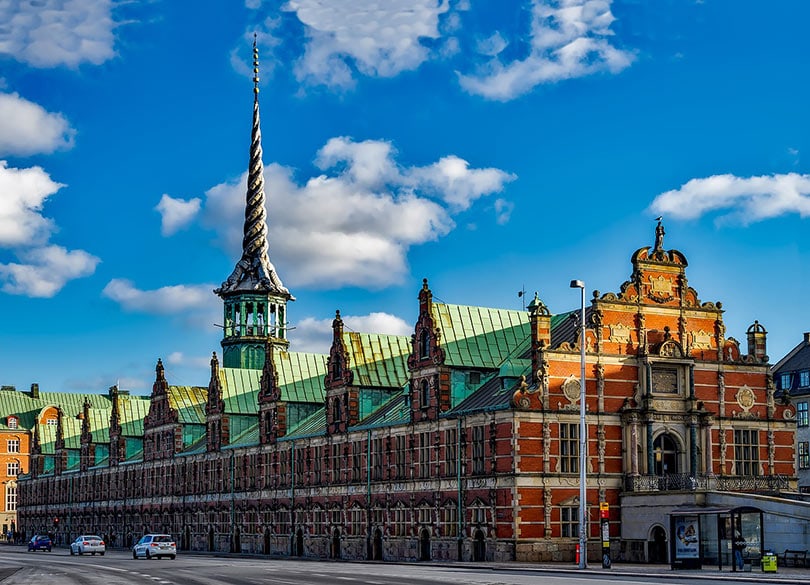
| Population: | 5,834,950 |
| Cups per Capita: | 2 per day |
| Pound per Capita: | 20 lbs |
Norway is not the only country that has its own coffee-related words and occasions. “Kaffeslabberas” is the term used in Denmark when you get together with friends for coffee and cake. This can be an informal social event at home, or a large group out at a cafe.
A “bryllupskaffe” is a wedding reception where the main fair is coffee. Beans are not only brewed at these times, however. Work breaks, after meals, and any other time during the day are a go for coffee.
Copenhagen has gone through a few coffee changes, though. They are currently in a wave of specialty coffees that are roasted and perfected locally. This is a change from the latte and mocha craze that came before.
The Danes are also less inclined to visit large coffee corporations. Instead, they prefer the small, independent roasters that provide excellent coffee to the happiest city in the world.
4. Iceland

| Population: | 345,393 |
| Cups per Capita: | 2 per day |
| Pound per Capita: | 19.84 lbs |
Iceland comes in at number four on our coffee consumption list. It is an ingrained part of their culture that has been loved and grown for decades. As there are virtually no big chains in the country, all of Iceland’s coffee shops are independently owned. The cafes are proud to brew some of the best coffee in the world.
Coffee shops are not the only place to find a great cup of Joe, either. It is customary to be offered a cup when visiting. The standard reply “tíu dropar” will get you ten drops of coffee; or in other words, a small cup.
Many believe coffee took hold as the favorite Icelandic beverage because alcohol is not as readily available. It wasn’t until the last 1980s that beer was made available to the public. Other bar drinks such as wine are also very costly.
5. The Netherlands
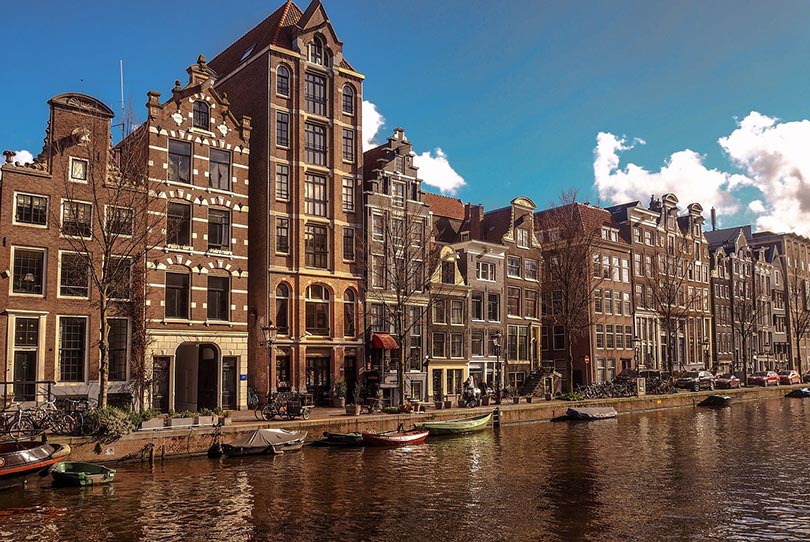
| Population: | 17,211,447 |
| Cups per Capita: | 1.9 per day |
| Pound per Capita: | 18.5 lbs |
The Netherlands is another cold climate country where a nice hot cup of coffee can do wonders for the disposition. However, the Netherland coffee community is not impressed by fancy cafes or overdone beverages. They prefer to keep it simple with a plain cup of joe enjoyed with friends with a side of conversation.
It is perhaps due to their “been there, done that” attitude about coffee that keeps the fuss down. Keep in mind, it is largely due to the Dutch that the coffee trade is what it is today.
The Netherlands’ explorers were some of the first travelers to take coffee plants from the Middle East to countries like Indonesia. It was only after coffee was introduced outside the Middle East that it was introduced to Europe.
6. Sweden
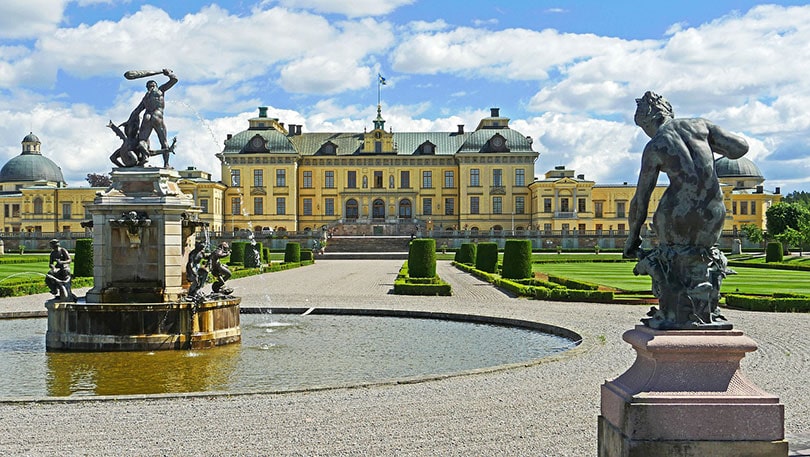
| Population: | 10,218,971 |
| Cups per Capita: | 1.8 |
| Pound per Capita: | 18 lbs |
Sweden, like all the counties on our list, has a healthy love of coffee. They use the term “fika” to indicate a break for coffee, cakes, and conversation. Statistical information shows a tame daily consumption of 1.8 cups per person. The more accurate picture shows bean brewers drink 18 pounds of coffee per year. That equals about nine hours a year in “fikarast”.
Sweden is home to a vast array of coffee houses all located within a short distance of each other. Still, coffee enthusiasts here love to spend time in their favorite cafes to socialize, and they are apt to adopt new and innovative coffee concepts than anywhere else.
7. Switzerland
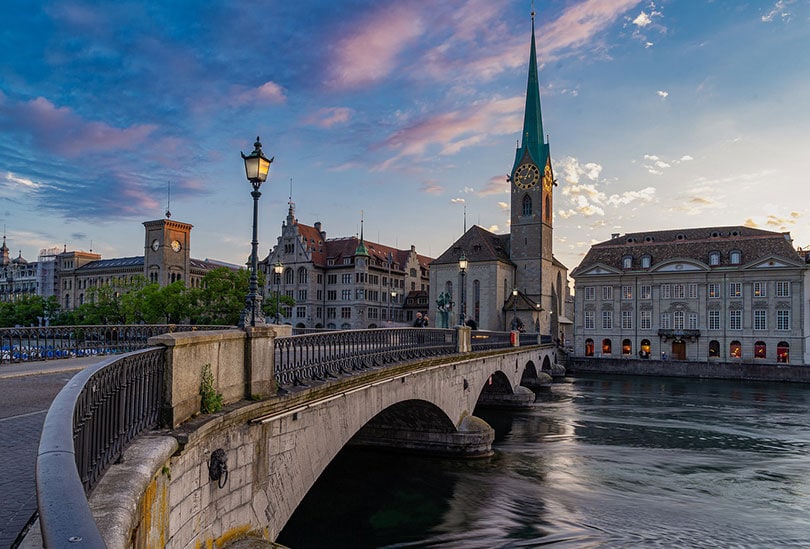
| Population: | 8,773,637 |
| Cups per Capita: | 1.6 per day |
| Pound per Capita: | 17 lbs |
The Swiss have a more refined coffee palette than some of our other top contenders. They enjoy the subtle nuances and elegance of the drink, and their cafes reflect the culture.
Switzerland is not only a country that consumes a lot of coffee, but it’s a place where they have found new ways to consume it. Not only that, but it is also home to Nespresso which is one of the most popular brands of coffee in the world.
Switzerland also has an innovative spirit when it comes to coffee, and they have created some interesting creations such as the Luzerner Kafi. This brew is a combination of red wine and sweetened weak coffee.
What’s more, they created “schale” which is coffee with milk served in a bowl instead of a cup. The most popular coffee, however, is a traditional espresso or Kaffe-crème which is an espresso with cream.
8. Belgium
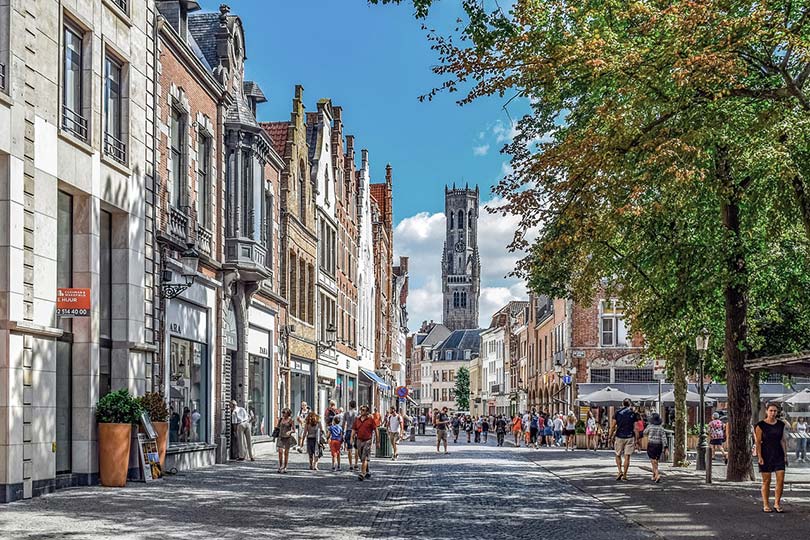
| Population: | 11,668,278 |
| Cups per Capita: | 1.5 |
| Pound per Capita: | 15 lbs |
Belgium takes coffee consumption to another level. The country is full of coffee lounges that are bursting with customers from open to close. Belgians believe coffee to be a spiritual experience that envokes conversation, enlightenment, and discovery.
Not only do they savor every sip of the brew, but they are known for their coffee-inspired recipes including salmon marinated in coffee. It’s also paired with desserts that have been created to play off the flavors in the beans.
Like the Swiss, Belgians have also created their signature specialty drinks. Brûlot, for example, was created by the famous pastry and coffee lounge Wittamer. The decadent beverage is an espresso-based drink with sugar, cinnamon, cloves, lemon peel, and warm cognac. It is set alight before being served to give it a toasted, warm vibe.
9. Luxembourg
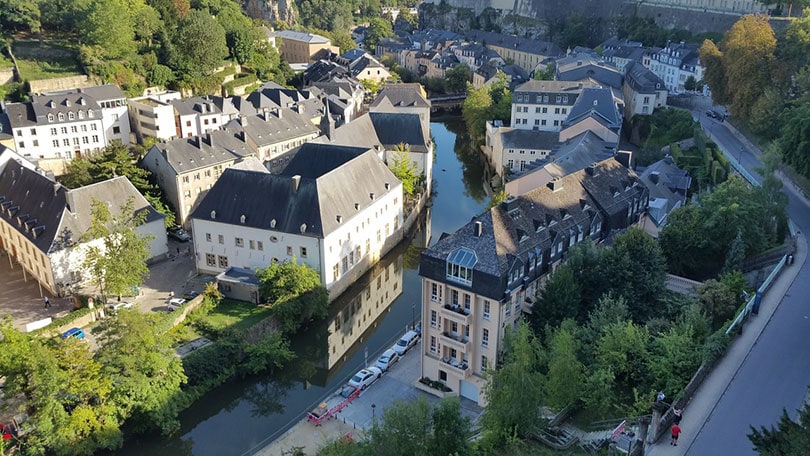
| Population: | 642,371 |
| Cups per Capita: | 1.4 |
| Pound per Capita: | 14.33 lbs |
Luxembourg has a varied and well-rounded coffee culture. As they are one of the top ten coffee-consuming countries, despite being one of the smallest countries in the world, it’s no wonder. Each person drinks approximately 14 pounds of coffee per year, and they are not picky about where they do so.
Luxembourg’s residents are fond of filter coffee at home, grab-and-go coffee bars, and elegant cafes. Regardless of how varied the coffee shops may be, one aspect they all have in common is their warm atmosphere. Long conversations are encouraged along with encouragement to make yourself comfortable.
Some of the more popular coffee beverages are the café gourmand and lait Russe. The latter is, more or less, a latte while the former is a type of espresso that is brewed to bring out their flavors in the accompanying dessert.
10. Canada
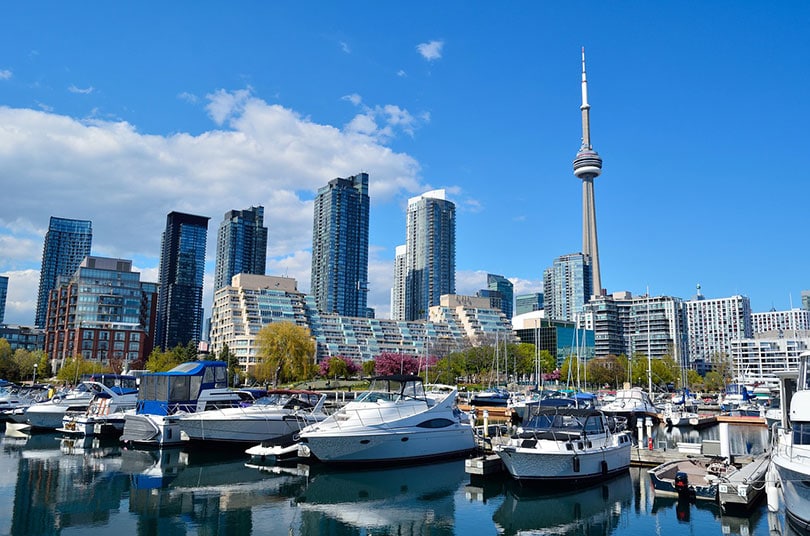
| Population: | 38,388,419 |
| Cups per Capita: | 1.3 |
| Pound per Capita: | 14 lbs |
Canada has the distinction of being the only country in the top ten that is not located in Europe. With the average coffee drinker consuming 14 pounds per year, it’s thought to be the most consumed beverage in the country. The long, cold winters are likely the reason behind the high coffee intake, as well.
This northern country is home to many coffee chains and independent shops. Both are equally popular, though, many coffee lovers are becoming more interested in specialty drinks, independent roasts, and small cafes.
Overall, however, Canadians prefer to sip their brew of choice at home. It is by far the most popular place to enjoy it whether first thing in the morning, after dinner, or anytime that a hot drink is called for.

Coffee Statistics in 2024
Many people are surprised by the top coffee-consuming countries. Most tend to think of the United States or the United Kingdom first. If you look at the overall consumption of a country as a whole, though, it will paint a very different picture.
For example, the difference between the number of people living in the United States and the number of people living in Luxembourg is enormous. To make things fair, consumption is looked at on an individual basis or per capita. Otherwise, larger counties would come out ahead simply due to their massive population.
That doesn’t mean other statistics aren’t as interesting, however. To prove the point, we have added a few additional stats below, so you’ll have a well-rounded idea of what the worldwide coffee industry looks like for the year.
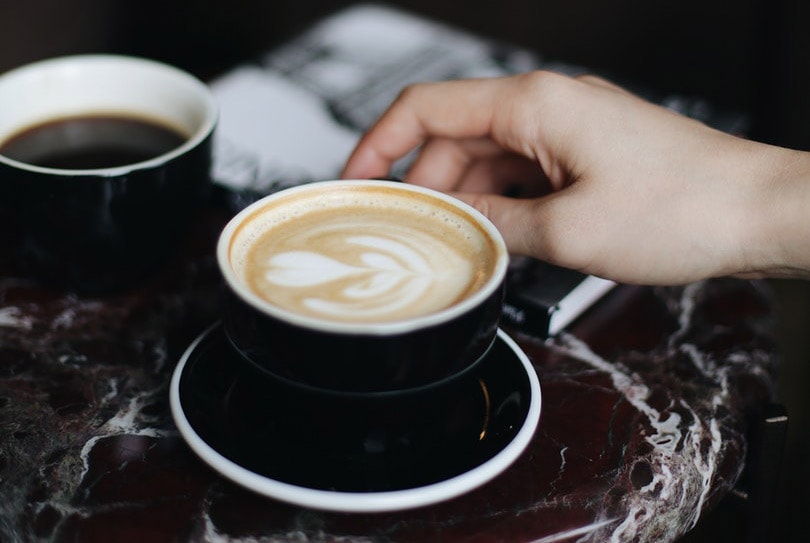
What Country Produces The Most Coffee?
Coffee is produced in 70 countries around the world. Most of them have a warm climate and are close to the equator. Out of the 70 that grow and harvest coffee beans, only 50 export them to other parts of the world.
As far as who produces the most, the award goes to Brazil. They not only produce the most coffee, but they also export the most.
Vietnam, Columbia, Indonesia, and Ethiopia make up the top five producers of coffee in the world. Together they export over 96 million bags of beans annually. Take a look at how it breaks down per pound:
- Brazil: 5,714,381,000 lbs per year
- Vietnam: 3,637,627,000 lbs per year
- Columbia: 1,785,744,000 lbs per year
- Indonesia: 1,455,050,000 lbs per year
- Ethiopia: 846,575,000 lbs per year
What Country Drinks The Most Coffee Overall?
If you want to talk about overall coffee consumption, you’re likely thinking it’s probably the US or UK, right? Nope. The winner, once again, is Brazil.
Brazilians drink 12.3 million 60 kg bags of coffee per year. That is approximately 132 pounds per bag…12.3 million of them.
Take a look at the top coffee-consuming countries overall (per 60 kg bag):
- Brazil: 12.3 million bags per year
- Germany: 10.6 million bags per year
- Italy: 9.6 million bags per year
- France: 7 million bags per year
- United States: 6 million bags per year
- Columbia: 4.86 million bags per year
- Japan: 4 million bags per year
- Turkey: 3.7 million bags per year
- Russia: 3 million bags per year
- Switzerland: 2.7 million bags per year
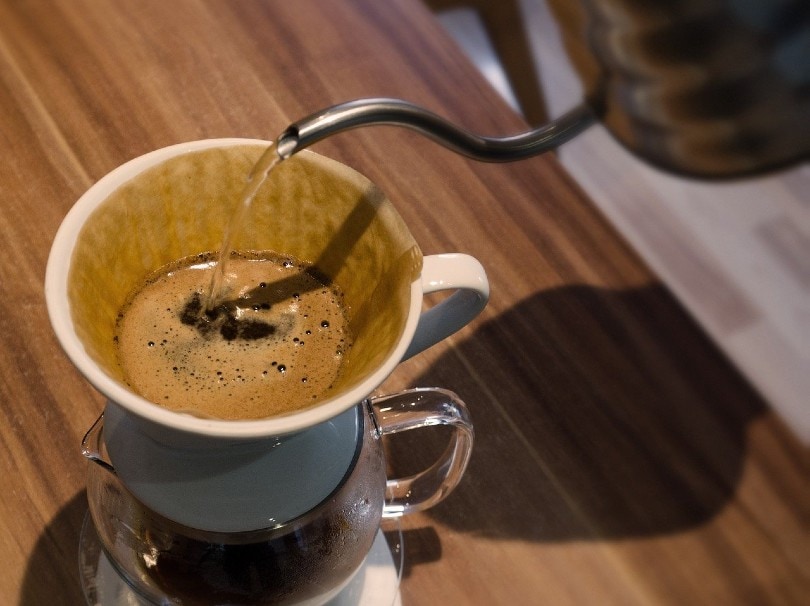
What City Consumes The Most Coffee?
As you can imagine, the city that drinks the most coffee is in Finland. Helsinki residents drink more than 26 pounds per year which is more than double what the residents of Italy drink. Helsinki also boasts the highest concentration of coffee shops according to those in the know.

Final Thoughts
As it stands in 2022, Finland has the highest coffee consumption in the world. Likely due to the cold weather, many Nordic countries are high on the list as the warm, creamy, and rich brew helps keep the chill-out.
Each country on our list also has a unique and different coffee culture. They have developed their own style and often their own coffee beverages to reflect their countries heritage and atmosphere.
We hope you have enjoyed this article. We know the answers may have been surprising. That being said, having a little surprising coffee knowledge can go a long way to your favorite coffee house the next time you stop in for an espresso.
Featured Image Credit: Valeriia Miller, Pexels






